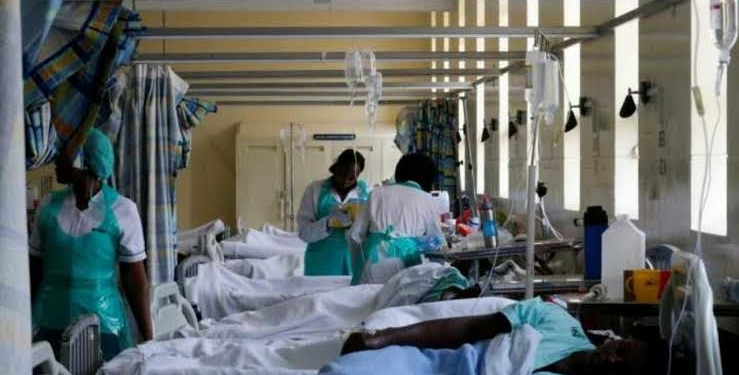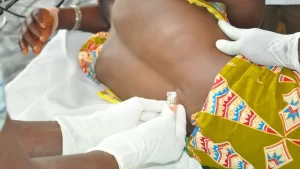W.H.O Worried Over 4,717 Confirmed Cases of Diptheria within Two Months in Nigeria
The World Health Organization (WHO) has expressed concern over the spread of the outbreak of diphtheria in Nigeria.
The organization, in its latest epidemiological report, says that Nigeria recorded 4,717 confirmed cases from 8,353 suspected cases, between June 30 and august 31 this year.
W.H.O regards the figure as an unusual increase.
According to the organization, out of the 4,717 confirmed cases, 3,466 were aged between one and 14 years, including 699 of them under four years, while more than a half of them were females.
The organization is worried that Nigeria is facing a second wave of the outbreak of the disease, which was` first recorded between January 1 and May 22, this year.
Kano State, according to who, is the epicenter of diphtheria, which has been detected in Federal Capital Territory (FCT) and 14 states.
The affected states are Kano, Katsina, Lagos, Osun, Nasarawa, Kaduna, Yobe, Bauchi, Gombe, Borno, Jigawa, and Plateau Anmd Zamafara.
WHO advises implementing the following Infection Prevention & Control measures in health care settings:
Read Also:
Death Toll in Libya Flood Disaster Rises To 20,000
1) Apply standard precautions, with focus on hand hygiene, personal protective equipment and equipment and environmental cleaning and disinfection droplet and contact precautions (at all times).
2) At screening/triage, immediately place patients with symptoms of Upper Respiratory Tract Infection in a separate area until examined, and, if a suspected case, cohorted with patients with the same diagnosis. Keep the isolation area segregated from other patient-care areas.
3) Maintain one meter between patients. Keep patient care areas well ventilated.
4) Avoid patient movement or transport out of isolation area. If movement is necessary out of isolation area, have patient use a medical mask and cover any wounds/lesions on patient’s body.
The case management should be carried out following the WHO guidelines. In addition, high-risk populations such as young children under five years of age, school children, the elderly, close contact with diphtheria cases, and healthcare workers should be vaccinated on a priority basis. A coordinated response and community engagement can support further transmission and control of the ongoing outbreak.
Prophylactic antibiotics (penicillin or erythromycin, dependent on drug sensitivity) are indicated for close contacts of confirmed cases for seven days. If the culture is positive for toxigenic Corynebacterium spp., then the contact should be treated as a case with an antibiotic course for two weeks (DAT is not needed for asymptomatic cases or cases without a pseudomembrane).
Although travelers do not have a special risk of diphtheria infection, it is recommended that national authorities remind travelers going to areas with diphtheria outbreaks to be appropriately vaccinated in accordance with the national vaccination scheme established in each country prior to travel. A booster dose is recommended if more than five years have passed since their last dose.




